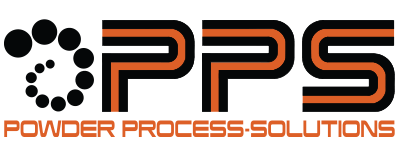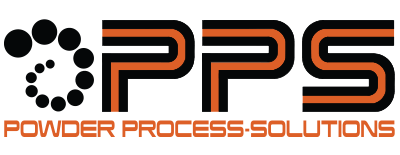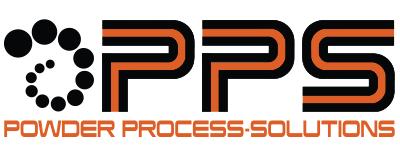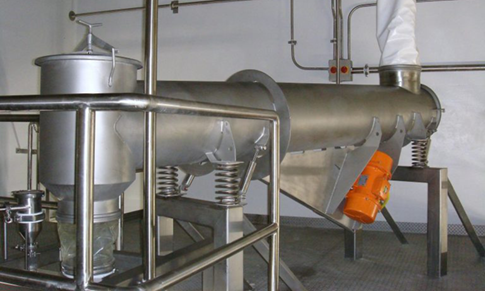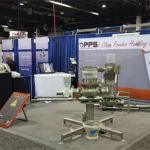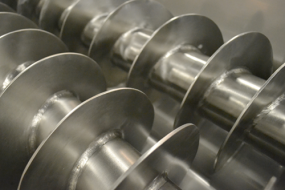How to Safely Convey Combustible Bulk Solids
Dear Powder Doctor,
My facility is looking for solutions that will allow us to convey highly combustible bulk solid material in the safest way possible. Can you share some of your insights and suggestions on where we should start?
Sincerely,
Cam Bustable
Dear Cam,
Conveying combustible bulk solids poses deflagration and other fire hazards—which can lead to explosions. As a result, mechanical conveying methods are often recommended over pneumatic conveying.
Assuming the bulk solid you’re working with is in the form of powder, pellets or granules, here are some of the steps you should take to determine the safest way to mechanically convey them:
- Research your bulk powder and identify the category it falls into. Start by reviewing the Occupational Safety and Health Association’s (OSHA) Material Safety Data Sheet (MSDS) and researching the combustible properties of your bulk solid. Then use OSHA’s fact sheet on combustible dust to determine whether your product fits into one of the following categories: agricultural products, dusts, carbonaceous dust, metal dusts or plastic dusts. Uncovering this information will allow you to make the right equipment choices and employ the proper prevention methods.
- Review National Fire Protection Association (NFPA) codes and standards for your industry. NFPA standards to prevent dust explosions in various industries began taking shape in the 1920s. Choose from one of the following to learn more about standards for your product or industry:
- Food and Agriculture – NFPA 61
- Metals – NFPA 484
- Chemical – NFPA 654
- Sulfur – NFPA 655
- Wood – NFPA 664
- Conduct a hazard analysis. One important property of a combustible bulk solid is the minimum ignition energy (MIE), which refers to the minimum amount of energy required to ignite a combustible vapor or dust. A comprehensive hazard analysis will uncover any ignition source that would generate enough energy over your bulk solid’s MIE value.
- Use the right equipment. Some of the most common mechanical conveying equipment used include bucket elevators, open belt conveyors, chain or cable conveyors, open vibratory trough conveyors, screw conveyors, and vibrating tubular conveyors. To match the right equipment to your unique needs, enlist the help of a powder processing solutions provider for help.
- Employ the proper prevention methods. There are a number of techniques to consider for proactively preventing hazards and explosions. Some of those include:
- Avoid spillage wherever possible and utilize dust control methods such as dust hoods and dust extraction systems.
- Install a spark detection system to detect any spark generation and deploy preventive action.
- Use outboard bearing and strictly avoid inboard bearings that might transfer heat to the product it’s in direct contact with.
- Include separation devices such as screens, magnets and metal detectors to remove tramp materials.
To get answers related to your specific conveying needs or combustible bulk solids processing, submit your question here!
Sincerely,
The Powder Doctor
